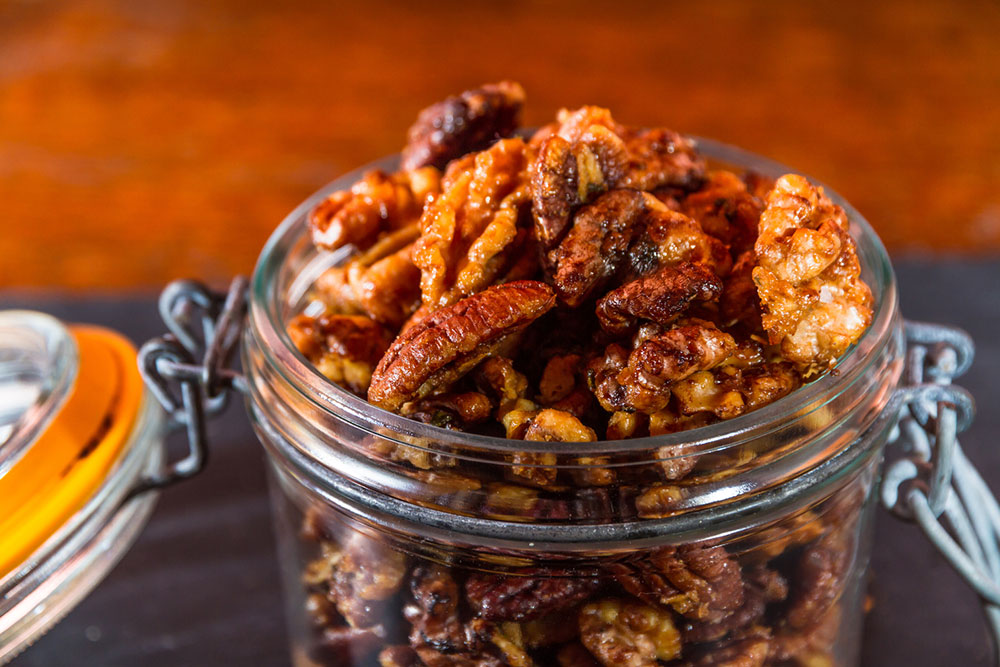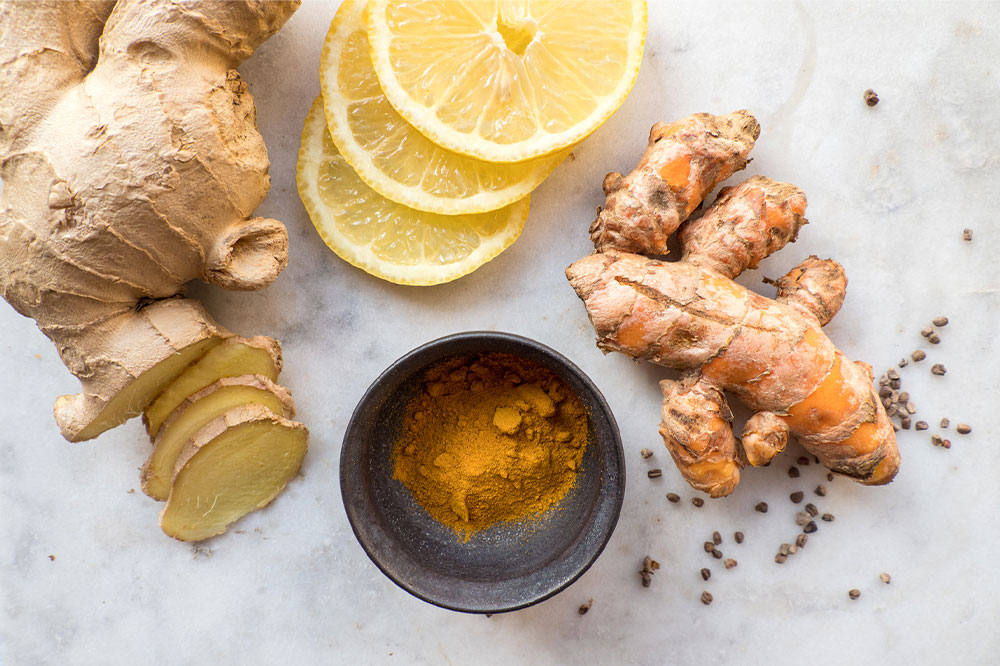Comprehensive Guide to 5 Nutrition Strategies for Managing Rheumatoid Arthritis Effectively
Discover effective nutritional strategies for managing rheumatoid arthritis with our comprehensive guide. Learn about anti-inflammatory foods like garlic, ginger, omega-3 rich fish, cruciferous vegetables, and berries, along with medication insights. Incorporate these natural approaches to reduce joint inflammation, pain, and improve overall joint health. Combining diet and medication can help you take control of RA symptoms and elevate your quality of life through a holistic management plan.

Comprehensive Guide to 5 Nutrition Strategies for Managing Rheumatoid Arthritis Effectively
Rheumatoid arthritis (RA) is a chronic autoimmune disease that predominantly targets the joints, leading to inflammation, pain, and potential joint destruction over time. While pharmaceuticals play a crucial role in RA treatment, adopting specific nutritional strategies can significantly enhance symptom management and improve quality of life. This detailed guide explores the top five foods and dietary practices supported by scientific research that can help reduce inflammation, strengthen joints, and modulate immune responses in individuals living with RA.
Understanding Rheumatoid Arthritis and the Role of Diet
RA affects millions worldwide, with symptoms that include swelling, stiffness, fatigue, and limited range of motion. Its autoimmune nature means that the body's immune system mistakenly attacks its own tissues, particularly in the joints. This abnormal immune response causes inflammation, cartilage erosion, and joint deformity if left uncontrolled.
While genetic and environmental factors contribute to RA, lifestyle modifications, especially nutrition, can influence disease activity and progression. Integrating anti-inflammatory foods into daily diets may help alleviate symptoms, reduce flare-ups, and slow joint deterioration. Combining dietary strategies with conventional treatments provides a holistic approach to managing RA more effectively.
Top 5 Anti-Inflammatory Nutritional Strategies for RA Management
Below are five key foods highly recommended for their anti-inflammatory properties and beneficial effects on joint health. Incorporating these foods into your regular diet can be a natural, effective way to support your treatment plan and improve overall well-being.
1. Garlic
Garlic is known for its powerful medicinal properties, especially its capacity to combat inflammation. Rich in sulfur compounds and antioxidants, garlic enhances immune function, helps modulate inflammatory processes, and can potentially protect cartilage from damage caused by inflammatory cytokines, which are elevated in RA.
Adding fresh garlic to meals not only boosts flavor but also provides a natural anti-inflammatory boost. Regular consumption has been linked to decreased joint pain and swelling, making it an essential part of an RA-friendly diet.
2. Ginger
Ginger, widely recognized as a culinary and medicinal spice, has demonstrated significant anti-inflammatory properties. Its active components, shogaol and gingerol, inhibit inflammatory pathways and reduce cytokine production, which are critical in RA pathology.
Studies suggest that ginger can decrease knee pain and stiffness, especially in osteoarthritis, and may provide similar benefits for RA symptoms. Incorporating fresh ginger into teas, smoothies, or cooked dishes can serve as a natural pain reliever and immune booster.
3. Fatty Fish Rich in Omega-3 Fatty Acids
Consuming fish like salmon, mackerel, sardines, and trout provides high levels of omega-3 fatty acids—EPA and DHA—that are potent anti-inflammatory agents. These fats help reduce joint inflammation, decrease stiffness, and may lower the dose of traditional medications needed to control symptoms.
Moreover, fatty fish are excellent sources of vitamin D, which is pivotal in immune regulation and bone health. Adequate vitamin D levels may help modulate autoimmune responses and support joint integrity, especially in RA patients prone to osteoporosis and osteoarthritis.
4. Cruciferous Vegetables
Vegetables such as broccoli, bok choy, Brussels sprouts, cabbage, and collard greens are rich in sulforaphane—a compound shown to inhibit enzymes that degrade cartilage and promote inflammation. Their high vitamin K content also plays a role in slowing joint degeneration and maintaining bone density.
Including a variety of cruciferous vegetables in your diet can provide a natural defense against joint deterioration and help manage inflammation. They can be consumed raw, steamed, or roasted as part of a balanced meal plan.
5. Berries: Nature’s Antioxidant Powerhouses
Berries such as blueberries, strawberries, raspberries, and blackberries are packed with antioxidants like rutin, quercetin, and vitamin C. These compounds combat oxidative stress, reduce inflammatory responses, and diminish joint pain.
Regular intake of berries can serve as a delicious, natural way to help manage RA symptoms, offering pain relief and supporting overall immune health.
Additional Lifestyle Recommendations
Alongside dietary modifications, certain medications are vital for controlling RA. Drugs like Actemra® (tocilizumab), an immunosuppressive agent administered via IV or subcutaneous injections, can effectively decrease cytokine-driven inflammation. Other common medications include methotrexate, infliximab, and celecoxib, which are prescribed to reduce symptoms and prevent joint damage.
Implementing a comprehensive management plan that combines effective medication, a nutrient-rich anti-inflammatory diet, regular exercise, and stress management can greatly enhance patient outcomes and quality of life.





